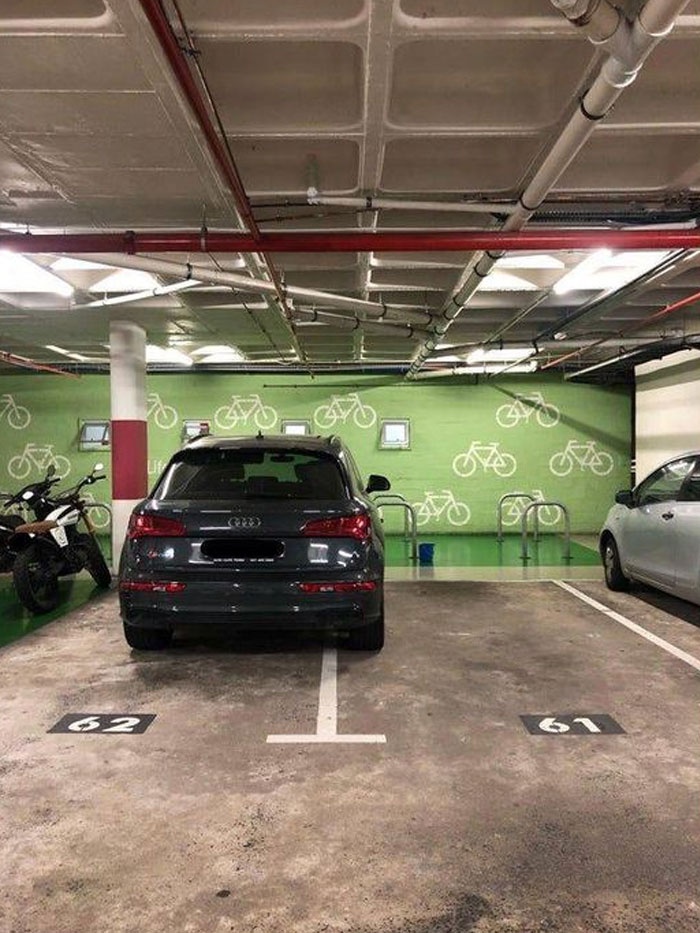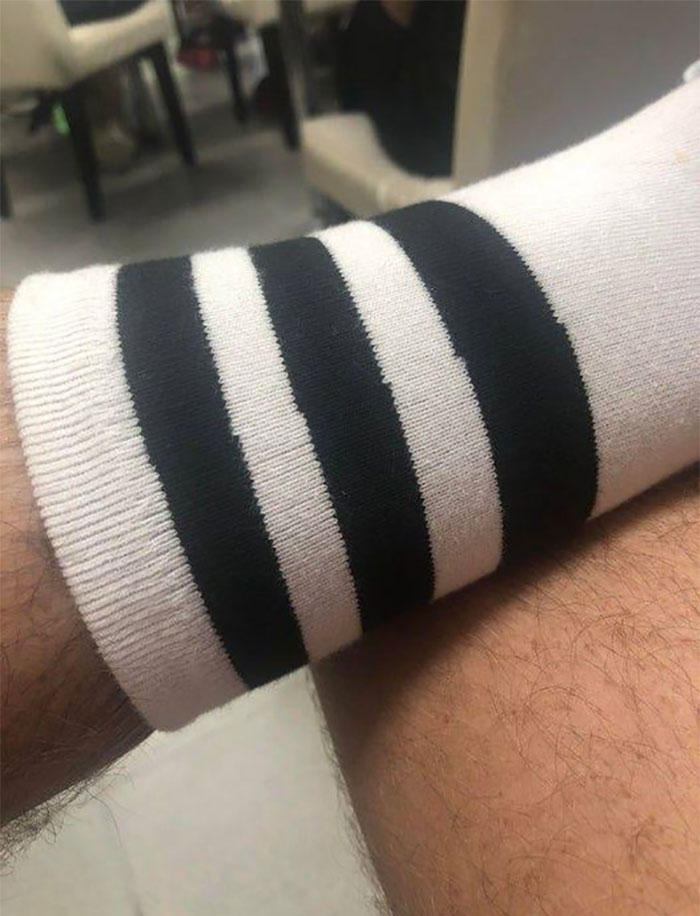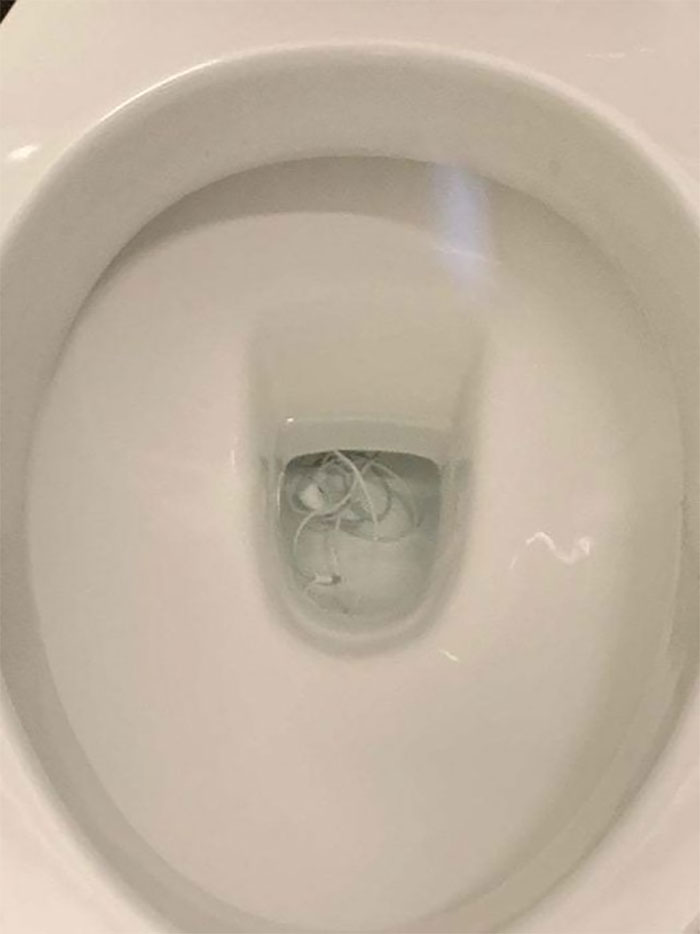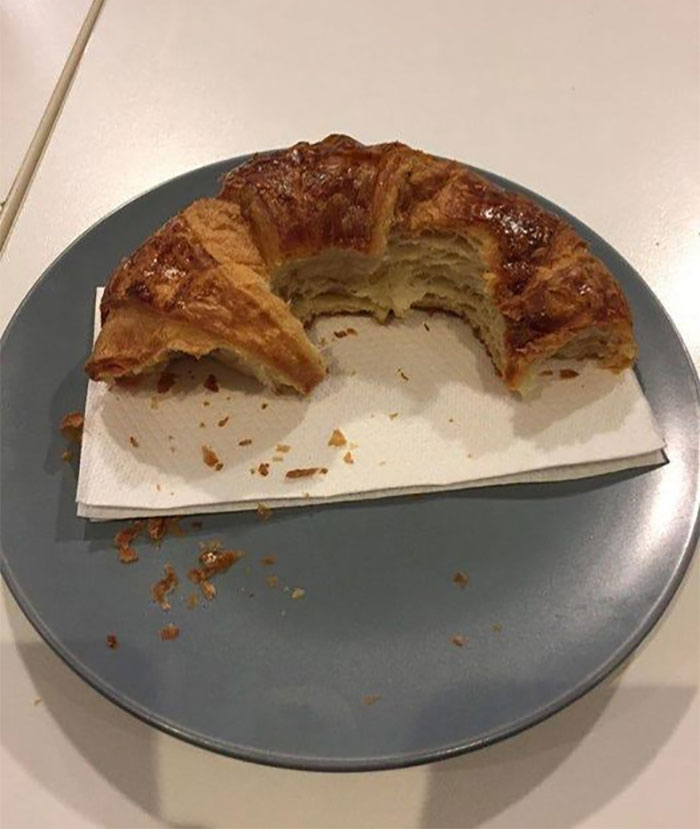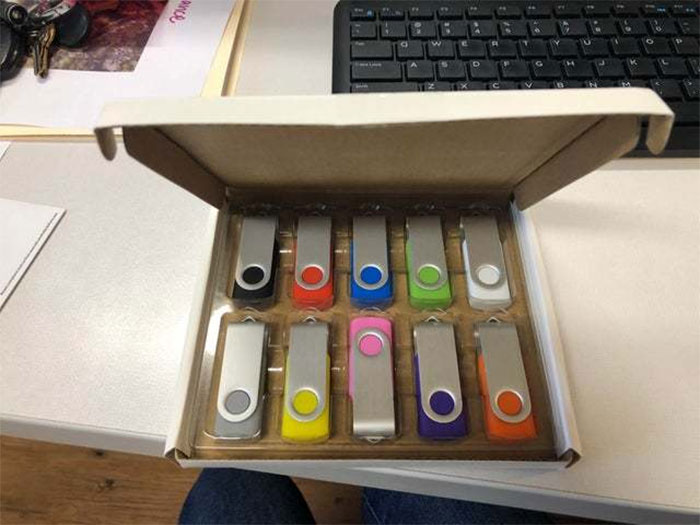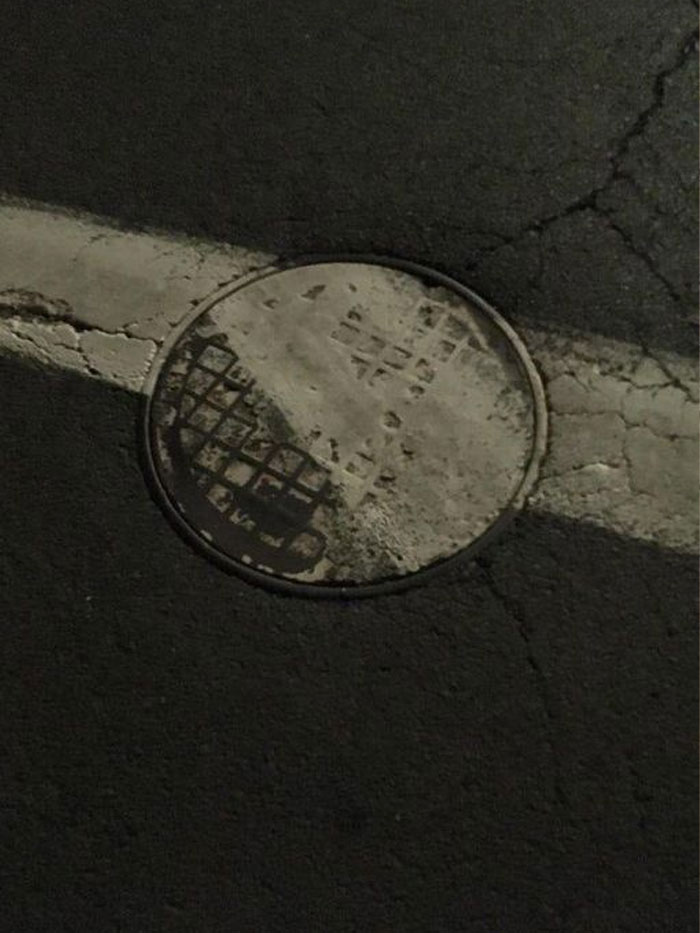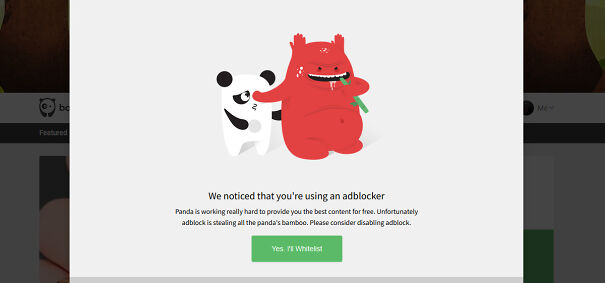This might be not the first time you’re clicking on a link to check out pictures of annoying things. In fact, there’s a chance you’ve done it on multiple occasions, maybe even a few dozen times. That’s because, in a very contradictory way, mildly infuriating pictures are very appealing.
The popularity of the “mildly infuriating” genre is further proven by the number of sources you can find that share collections of frustrating images. This time, we found all of these on two Facebook groups, one with over 2,000 and the other with over 12,000 members. This means that there are people out there that want to see frustrating images on their feeds every day. Odd, isn’t it?
Scroll down to see if the following images appeal to your taste and read on to understand why you keep coming back for more.
This post may include affiliate links.
So why is it that when you see misaligned tiles in a public bathroom, you can’t help but snap a picture to share it with your friends and family? Well, there might be a few things at play here, but emotional catharsis through social validation is probably the best guess.
Emotional catharsis is a release of tension that builds up when experiencing a certain emotion. For example, when you’re sad, the emotion might fill you up to the point when you overflow and might start crying. After that, you feel lighter and calmer because you released that feeling from your body—you experienced a catharsis.
Similarly, when you fail to neatly open the foil part off of a Nutella jar, you can get understandably annoyed. You can, of course, let that annoyance build until you overflow and start shouting at a random stranger. Or, you can let it go right away by tweeting about it to the world and letting others validate your frustration. Because sometimes, all you need to soothe your soul is a random person on the internet saying that they feel your pain.
On the other side of the screen, when we are looking at mildly infuriating images, we are exercising our empathy muscle. Most of us are familiar with the pain of seeing all the toppings fall off the pizza slice as you’re picking it up, and we feel bad for people going through it. We relate to it, and that’s why we click that like button and comment with our support.
We also know friends who can relate to the same pain so these pictures are also highly sharable. We seek to connect and commiserate so we tag people and retweet posts that floats the frustration bubble up to the top. A study published in 2016 showed that social media usage can increase a person’s feelings of empathy, and these images are a great example of that.
On top of relatability, mildly infuriating pictures are also very universal. The annoying experiences transcend the need for words and they occur no matter where you find yourself on the globe. This gives them even more potential for being shared and appreciated everywhere. After all, people from different backgrounds can be familiar with the frustration of someone parking just a tad bit too close.
To be fair, if those motorbikes were there first it looks as if it would be a bit tricky to open the driver's door.
On the other hand, according to Joe Palka, a journalist who co-wrote “Annoying: The Science of What Bugs Us” with Flora Lichtman, annoyances can be very individualistic. For example, if public transportation always comes on time wherever you live, you might get annoyed if it’s running late. However, if it’s never on time, you are probably not too bothered if it turns up later than expected. This might be part of the reason why there’s so little research on things that rub us the wrong way.
It's funny they husked it just to wrap it back up again. Possibly one of the dumbest things I've ever seen
Palka and Lichtman did identify three essential qualities for an annoyance. First is that it has to be noxious without being harmful. Second, and that’s a big one, is that it needs to be unpredictable and intermittent. Lastly, to ramp up the frustration, it has to persist just long enough to be somewhat bearable but also not quite. Altogether, this makes an annoying situation to remember.
Sometimes the annoyance we feel is not at all related to the images we’re seeing, it’s something we’ve been carrying with us that needs unleashing. Our lives might not always offer a chance to release frustrations related to our family or work routines. A list full of other people’s annoyances allows us to let go of our grievances while, at the same time, giving us a distraction from our problems.
Maybe the question asked for the answer to be an improper fraction?
Another thing that makes these mildly infuriating posts so appealing and popular is the humor in it. A lot of the mildly frustrating images are quite ridiculous and funny in their own way. No one is experiencing real harm that’s detrimental to their well-being, they’re just a little unlucky. This allows one to smile at the little misfortunes without feeling guilty. Sure, your cat sitting on your pizza is a bummer, but it’s also quite hilarious at the same time.
All in all, mildly infuriating pictures is quite a contradiction. They’re things that make you frustrated while also making you smile. They’re something you never want to experience in your life that you also can’t get enough of. In other words, see you here next time. There’s definitely going to be a next time.
For any Americans reading: this is a normal amount of water to have in a toilet. You'll see it only goes up to just above the earphones themselves. I've never understood why your bowls are almost full and yet you still seem to have so many stories about clogged toilets. I've never encountered a clogged toilet in 40 years of being in the UK.
Waiting for the after photo, the one where the employee rams all the carts together against this guy's bumper. ... Just because you can park there, doesn't mean you should.
I mean, that's terrible quality fabric. But you could still patch it!
as a french citizen, I declare war on this person and I denounce him/her for crime against the viennoiserie
Well, it *is* centered on the mantlepiece. This is something my ex would do. He's very precise but has no eye for artistry.
The guy who had the plumb bob was off sick the day they installed the window and door?
This is a side-effect of trains and other public transport not having trash bins any more. They had to decide between trash on seats/floor or people putting explosives or setting fires in bins. They chose trash; so if it’s not yours, scrape it onto the floor and sit the heck down. If it *is* yours, put it in your bag or pocket and get rid of it at the next bin. Either way - settle down.
In second grade we used to believe that god was giving us a sign whenever our oreos came like that
If you think this is mildly infuriating, go check out the videos of a YouTube personality who mows lawns and cleans up people's yards for free. Those videos are really something
Me: Nothing on here is bad really... OH MY FECKING GOD! THE SPOON!!! I'M GOING TO CUT THE BASTARD! THEN I'M GOING TO USE THE SPOON TO SCOOP OUT THEIR BOWELS AND FEED THEM THEIR OWN WASTE!
Ever noticed how all the bird hides are approached by gravel footpaths? So the birds can hear you approaching 50 metres away. These stones are also the perfect size to jam themselves into the tread of my shoes.
dear author: it would help a lot, if the original titels/descriptions would have been included.. i sometimes wondered what the problem was :)
dear author: it would help a lot, if the original titels/descriptions would have been included.. i sometimes wondered what the problem was :)

 Dark Mode
Dark Mode 

 No fees, cancel anytime
No fees, cancel anytime 















